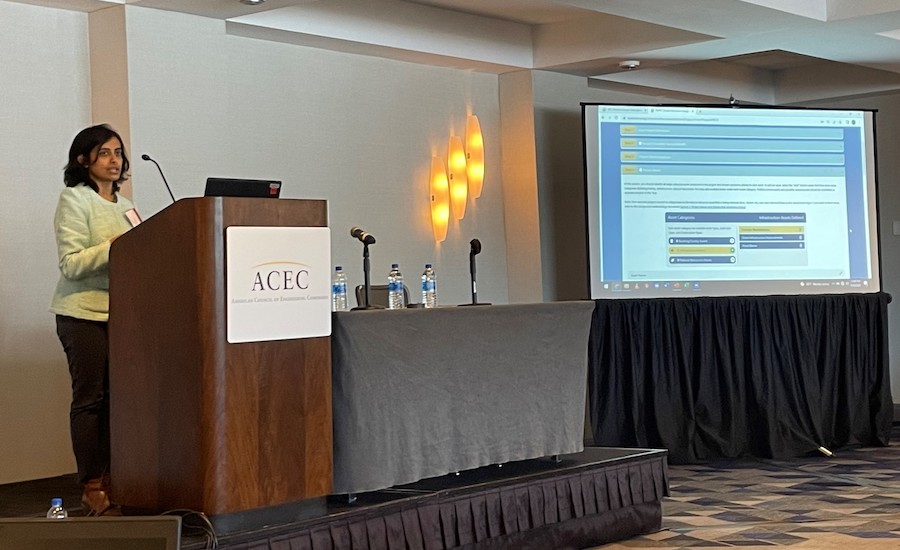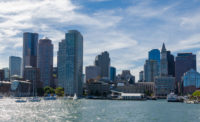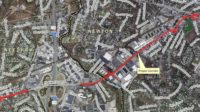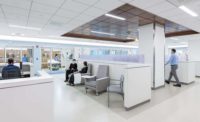Developers are pushing proposals that could triple the already huge amount of lab space in Greater Boston over the next several years.
That could mean a big increase in work for design firms as they pivot to meet demand or new research and biotech manufacturing buildings needed by life sciences firms, according to presenters at an American Council of Engineering Companies conference in the Boston suburb of Cambridge, Mass. on April 29.
ACEC's first ever “private market symposium” focused on the health care and life sciences sector, convening a slate of experts on the booming industry held in Cambridge’s Kendall Square, a global hub for drug research.
The decision to hold the event is a reflection of both how the life sciences sector has become a major growth area for A/E companies and the emergence of the Boston area as the “hottest market in the when it comes to these markets,” said Erin McLaughlin, ACEC vice president for private market resources.
“The A/E industry is seeing that our developer clients in the commercial real estate space are increasingly moving towards designing—and even building spec space—that particularly targets life science tenants,” she said.
The life sciences sector is growing in markets across the U.S., with demand for new lab and biotech research space, including Philadelphia, Washington, D.C., Chicago, Seattle, Raleigh/Durham, and San Francisco, which, at nearly 34 million sq ft, is slightly larger now than Greater Boston, said Aaron Jodka, director of U.S. capital markets for Colliers, in a presentation to ACEC members.
But that’s about to change – and in big way – over the next few years amid a flood of proposals for another 60 million sq ft of added life sciences related space in the Boston area, with 10 million of that involving “near-term” proposals, he said.
Helping fund that expansion, Massachusetts biotech companies landed a a record of more than $32 billion in funding in 2021, roughly split between pre-IPO venture capital and post-IPO funding, Jodka said.
Flush with cash and expanding, as many as 26 life sciences companies are on the hunt for up to 50,000 sq ft of lab and support space, with others looking to fill up more than 100,000 sq ft, he said.
By contrast, the Boston area’s two closest competitors, the Bay Area and Philadelphia, are also expecting strong growth, with overall proposals totaling 50 million and just more than 30 million sq ft, respectively, in lab and life sciences space.
“It’s a phenomenal place to be when talking about life sciences,” Jodka said. “Net, we are growing a whole lot faster than the rest of the world. We are outperforming other markets.”
In addition, more than 3.8 million sq ft of office space, more than a dozen buildings in the Boston area, are now being converted by developers into lab space, he added.
“This is definitely a growth market for the A/E industry, and most often these spaces require particular design considerations that can accommodate laboratory, production and other specialized functions,” ACEC’s McLaughlin said.
Meanwhile, life sciences companies, as they expand and build new lab projects, are also increasingly in need of ever more sophisticated expertise from architectural and engineering firms, said Robin Greenleaf, managing principal of IMEG, formerly Architectural Engineers, and national chair of ACEC through the end of May.
As the life sciences industry pushes to reduce its emissions and meet tough new federal and state standards, it will need help from the full range of design disciplines, from architects to structural and electrical engineers, she said.
“We need all oars pulling at the same time,” said Greenleaf, the first woman to chair ACEC in its 115-year history.






Post a comment to this article
Report Abusive Comment